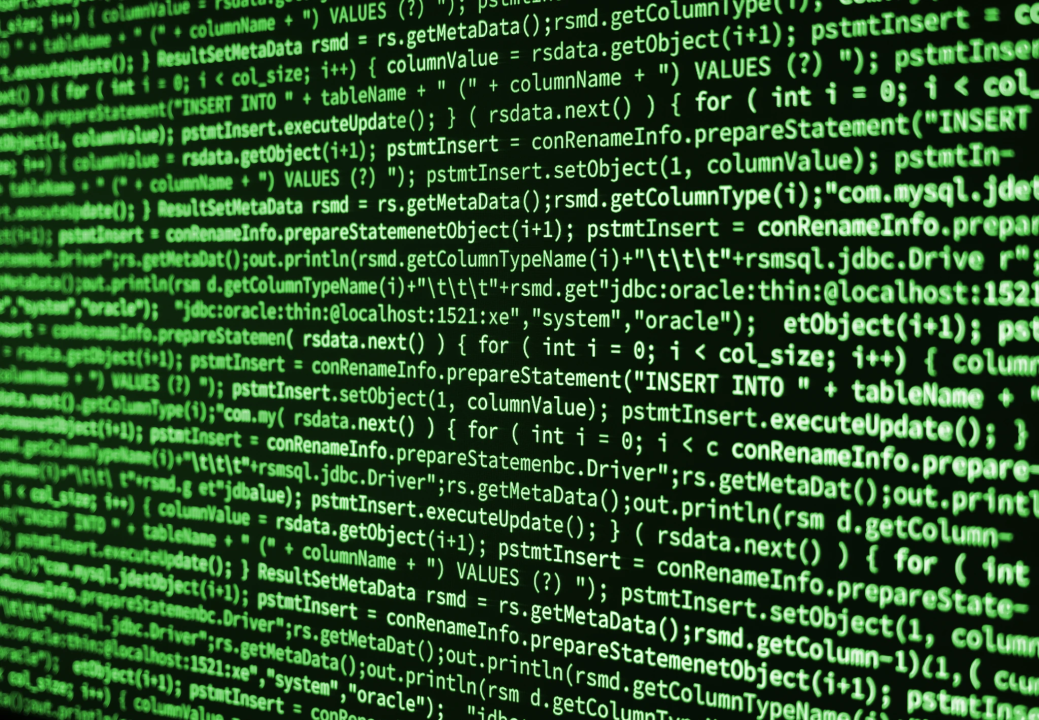
Sustainability through Green Coding in Software Development
As the tech industry expands and lines of code multiply, the emergence of “green coding” development is transforming software practices for a more sustainable future. This movement championed by The Green Software Foundation addresses energy consumption and environmental impact, aiming to create greener outcomes.
Let us delve into its essence, its authenticity, and how it’s driving positive change in coding practices fuelled by environmental concerns.
Impact of Industry Growth
With the tech sector’s growth, coding’s increased presence impacts energy usage and overall processing power, prompting the need for more sustainable coding practices.
Understanding Green Coding
Green coding revolves around minimizing the environmental footprint of software development. It involves programming algorithms with minimal energy consumption, contributing to eco-friendly coding practices.
Inspired by ‘Green Computing’ which is concerned with responsible design, manufacturing, and disposal of physical computing systems. This concept extends green computing principles to the software development process.
Mitigating Carbon Footprint
Green coding’s primary goal is to curb the carbon footprint of software development. By reducing non-renewable resource usage, energy consumption, and waste generation, this approach promotes sustainability.
Practical green coding explores energy-efficient development of resource-light software, and the integration of sustainable methodologies such as code reuse as valid implementations of green coding.
Green Coding in Action
Real-world examples of green coding, including energy-efficient data centres designed by industry giants like Google and Microsoft. Their commitment to sustainability reflects in automatic server shutdowns for under-utilised servers and redistributing their workload to conserve energy. IBM is also pushing sustainability in their ecosystem.
Optimizing Resource Usage
Green coding extends beyond hardware efficiency to optimizing code performance, file size reduction, lower network usage and efficient algorithm usage. These practices collectively minimize energy consumption and environmental impact.
Efficient Development Design
There are two types of considerations to make when developing a greener coding approach – behavioural and structural.
Structural relates to a more lower levels such as the compilers and their abilities to create more efficient code blocks for the target platform.
Behavioural relates to evaluations of the application’s main functionalities and that is where us developers can make more of an impact in the “green code” space.
Solution architecture also plays a role in green coding. Designing an application with just the optimum level of micro-services is a key aspect for consideration. Too often we end with hundreds of micro-services, specially to support versions of mobile app releases, and the excess services are not eventually deprecated resulting in energy wastage.
Sustainable Development Methods
Embrace agile development methodologies, focusing on collaboration, flexibility, and continuous improvement. Such practices create software that’s not only efficient but also adaptive to changing user needs.
Legacy Transformation
With so much legacy code out there, application modernization is paramount. This will eliminate old hardware and will produce code which is optimised by the latest code interpreters and compilers and are virtualisation ready.
Digitize Everything
Green coding isn’t just about code; it’s about shaping a sustainable future. Removing manual processes and introduce efficient workflows that eliminate the consumption of paper is another aspect of green code initiative.
Championing Smart Development
In the 1990’s tech systems were not as powerful or as capable as today’s systems. Some of us were embedded software engineers and we had to make do with 8MB flash to build a fully function OS with the application features needed for the target product. This would be unthinkable today, but if we applied the same principle of resource constraints, our code can be more green and efficient.
#cleancode #greencode #sustainability